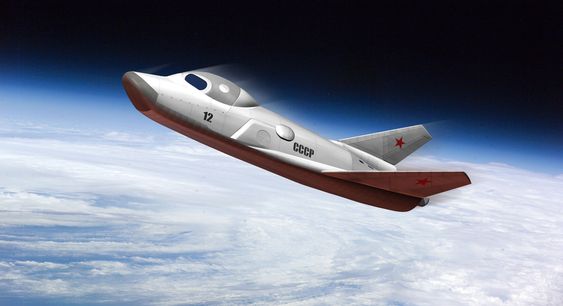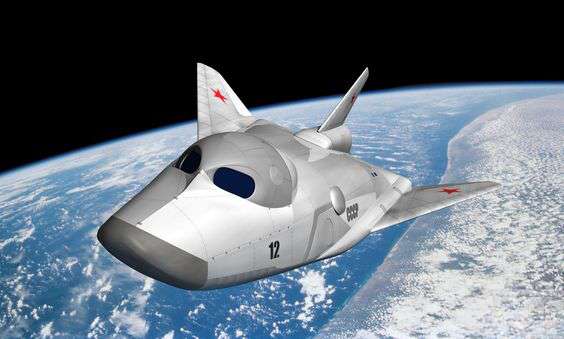MIG-105, The Russian first Spacecraft
The Soviet Union started a project to create reusable spacecraft that could take off vertically like a rocket and land horizontally like an airplane in the late 1960s and early 1970s. The result was the MiG-105, an innovative spacecraft that was a major technological advance for the USSR.
Design

The Mikoyan-Gurevich (MiG) design bureau, best renowned for its combat planes, created the MiG-105, also known as the Experimental Passenger Orbital Aircraft (EPOS). The mission was to develop a spacecraft that could launch cosmonauts into orbit and then return them safely to Earth. Work on the project started in the early 1960s.
In many respects, the MiG-105 was an unusual spaceship. It was built with a liquid-fueled engine strong enough to take the vehicle into orbit and was intended to launch vertically like a rocket. The MiG-105, like a satellite, would utilize its tiny rocket engines to maneuver and maintain its orbit once it was in space. The vehicle would re-enter the atmosphere and glide to a touchdown like an airplane when it came time to come back to Earth, utilizing its wings and landing gear to touch down on a runway.
The MiG-105 had an advanced and intricate design. Its delta-shaped wings, which had a sharp leading edge and gave it good lift at high speeds, were attached to the craft. The ship can make exact changes during re-entry and landing because of the wing’s extremely maneuverable construction. To decrease its weight and improve its maneuverability, the craft was mostly constructed from lightweight materials like titanium and aluminum.
The MiG-105 featured a compact living space with simple life support equipment and was built to accommodate up to three cosmonauts. Additionally, the spacecraft had scientific tools and cameras that could be utilized for data collection and experimentation while in orbit.
First Flight

The MiG-105’s first test flight, which took place in 1976, was a great success. The ship was launched from a Tupolev Tu-95 bomber that had been modified, and it ascended to a height of 20,000 meters (65,600 feet) before coming to rest. The MiG-105 was then launched and its rocket engine started, taking it at a speed of Mach 25 (25 times the speed of sound) to a height of 300 kilometers (186 miles).
The MiG-105 conducted a number of tests and maneuvers during the flight, including a mock re-entry and landing. The vehicle proved it could return cosmonauts from orbit safely when it successfully re-entered the atmosphere and glided to a touchdown at a military airstrip in Kazakhstan.
In the late 1970s, the MiG-105 conducted two additional test flights, but the program was ultimately scrapped owing to financial restrictions and a change in the Soviet space program’s goals. The MiG-105 program’s technology and knowledge, nevertheless, would eventually be used by other spacecraft, such as the Buran space shuttle, which was created in the 1980s.
The MiG-105 is renowned as a trailblazing spacecraft that advanced aeronautical technology. Due to its innovative construction and functionalities, the Soviet Union became a pioneer in space exploration during the Cold War and laid the path for subsequent spacecraft.








